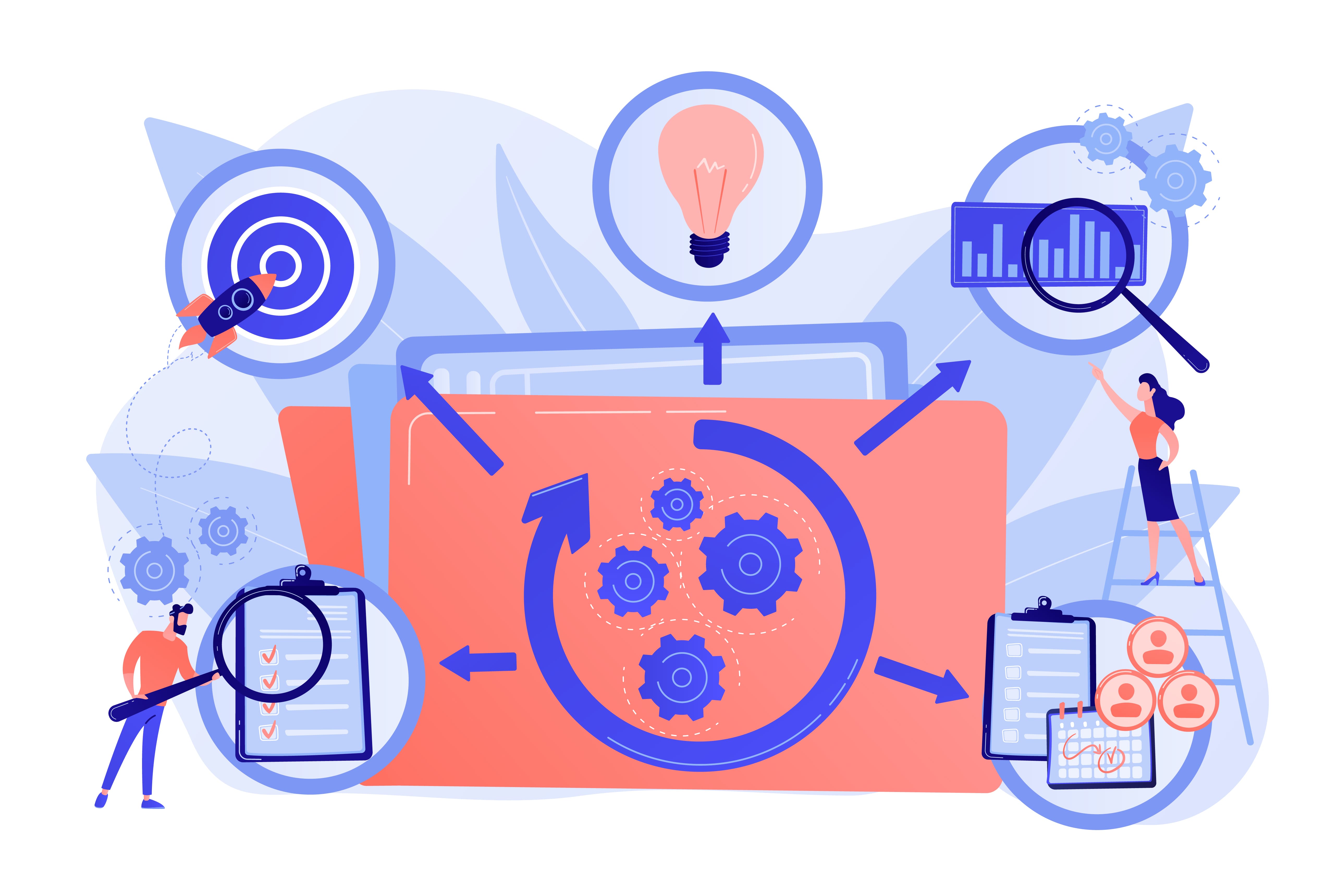The Kanban methodology is an Agile framework that focuses on visualizing work, limiting work in progress, and optimizing the flow of work to improve efficiency and productivity. It originated from manufacturing but has since been widely adopted in various industries, including software development, marketing, and healthcare.
Here, we’ll delve into the principles and practices of Kanban, along with examples:
1. Visualizing Work:
Principle: Kanban emphasizes visualizing work to make it transparent and understandable for the entire team. A common tool for this is the Kanban board, which represents work items as cards or tasks on a visual board with columns that reflect different stages of work.
Practice: Create a Kanban board with columns that represent the workflow stages. Populate it with work items, typically represented as cards. As work progresses, move the cards from one column to the next.

2. Limiting Work in Progress (WIP):
Principle: Kanban promotes setting limits on the number of work items allowed in each column of the Kanban board. This constraint prevents overloading the team and encourages a focus on completing work before starting new tasks.
Practice: Establish WIP limits for each column based on team capacity and the desired flow. Enforce these limits rigorously, ensuring that no more work items are started until there’s available capacity.

3. Optimizing Flow:
Principle: Kanban encourages the continuous improvement of workflow and processes. Teams should regularly assess and make incremental changes to optimize the flow of work, reduce bottlenecks, and enhance efficiency.
Practice: Conduct regular retrospectives or review meetings where team members discuss the flow of work, identify bottlenecks or issues, and propose changes to address them. Implement improvements gradually.

4. Making Process Policies Explicit:
Principle: Kanban requires that process policies, such as how work is prioritized and how issues are resolved, be explicit and agreed upon by the team. This clarity reduces misunderstandings and ensures consistency.
Practice: Document and communicate process policies to the team. Ensure that everyone understands and follows these policies consistently.

5. Using Metrics to Improve:
Principle: Kanban encourages the use of metrics to monitor and improve processes continually. Common metrics include lead time (time from request to delivery), cycle time (time to complete one item), and throughput (items completed per unit of time).
Practice: Collect and analyze relevant metrics to identify areas for improvement. Use these metrics to inform decisions and track progress toward goals.

Kanban’s simplicity and adaptability make it a valuable methodology for teams seeking to improve their workflow and optimize processes. Its focus on visualization, work limits, and continuous improvement fosters greater transparency, productivity, and responsiveness to changing demands.
